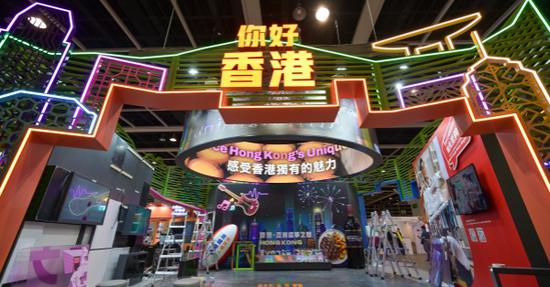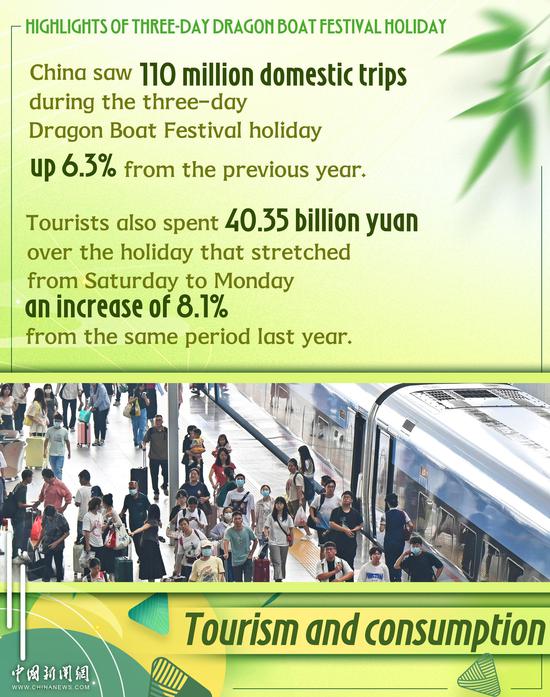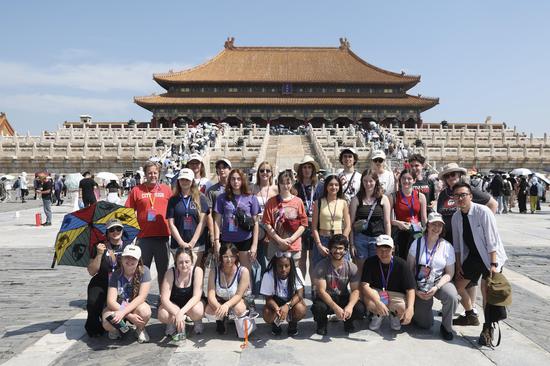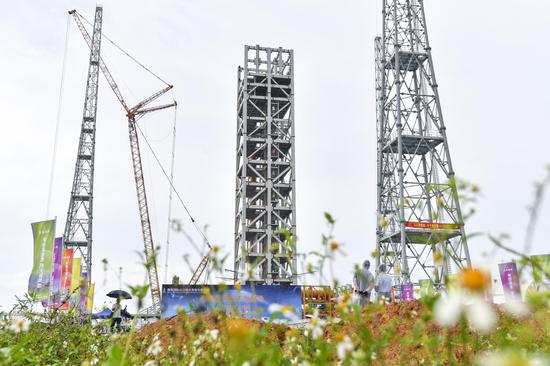China has built the world's largest electric vehicle (EV) charging network with the greatest number of installations, the most extensive services coverage and the most diverse range of options, thanks to the country's flourishing EV consumption and robust efforts to build related infrastructure, a Chinese official said on Tuesday.
The rapid expansion in China's EV charging network is in stark contrast to the widely reported failure of the US government to build charging stations as planned, showing the global competitive edge of China's EV industry, which has become a target in Western crackdowns.
As of the end of May, the total number of charging stations across China reached a whooping 9.92 million, representing a year-on-year increase of 56 percent, Li Chao, a spokesperson for the National Development and Reform Commission (NDRC), China's top economic planning agency, said at a press conference on Tuesday.
Among them, the number of public charging stations surged by 46 percent year-on-year to 3.05 million, while the number of privately installed charging stations jumped by 61 percent to 6.87 million, according to the spokesperson.
"Our country has built the world's largest charging infrastructure system, with the biggest number of chargers, the widest range of services and the most complete types of chargers," Li said, noting that the demand for charging facilities continues to rise amid growing EV consumption.
The official said that the NDRC, along with other government departments, will continue to expand and improve the EV charging network. This year, the country plans to add 3,000 charging piles and 5,000 charging parking spaces in highway service areas, he said.
This is significant, especially when compared to developments in other countries. The US, for example, has reportedly struggled to carry out an ambitious plan to build charging stations. The US government previously vowed to build 500,000 EV charging stations, but more than two years after the US Congress allocated $7.5 billion to help build the charging stations, only seven EV charging stations were operational across four US states, the Washington Post reported on March 29.
While failing to lift its domestic EV industry, the US government has taken what Chinese officials and experts called protectionist and bullying acts to crack down on Chinese EVs. In May, the US government announced that it would quadruple tariffs on imported Chinese EVs, from 25 percent to 100 percent.
Moreover, US officials have been pressuring allies to also crack down on Chinese EVs. Last week, the European Commission, the executive body of the EU, announced that it would impose an additional provisional duty of between 17.4 percent and 38.1 percent on EVs from China starting in July.
However, despite the crackdown campaign by the West, the Chinese EV industry has maintained rapid development and there is still vast potential for growth both in the domestic market and other overseas markets, experts have said, pointing to China's policy measures to boost EV sales domestically and the growing popularity of Chinese EVs overseas thanks to their cost-effectiveness.
Among the policy support, China has allocated a total of 6.44 billion yuan ($889.02 million) to support automobile trade-ins in 2024, in another major step to boost auto consumption, particularly EV sales. Moreover, China will gradually lift restrictions on the purchase of new-energy vehicles in various regions, according to a decarbonization action plan released at the end of May, which is set to offer another major boost to the EV industry.


















































 京公网安备 11010202009201号
京公网安备 11010202009201号